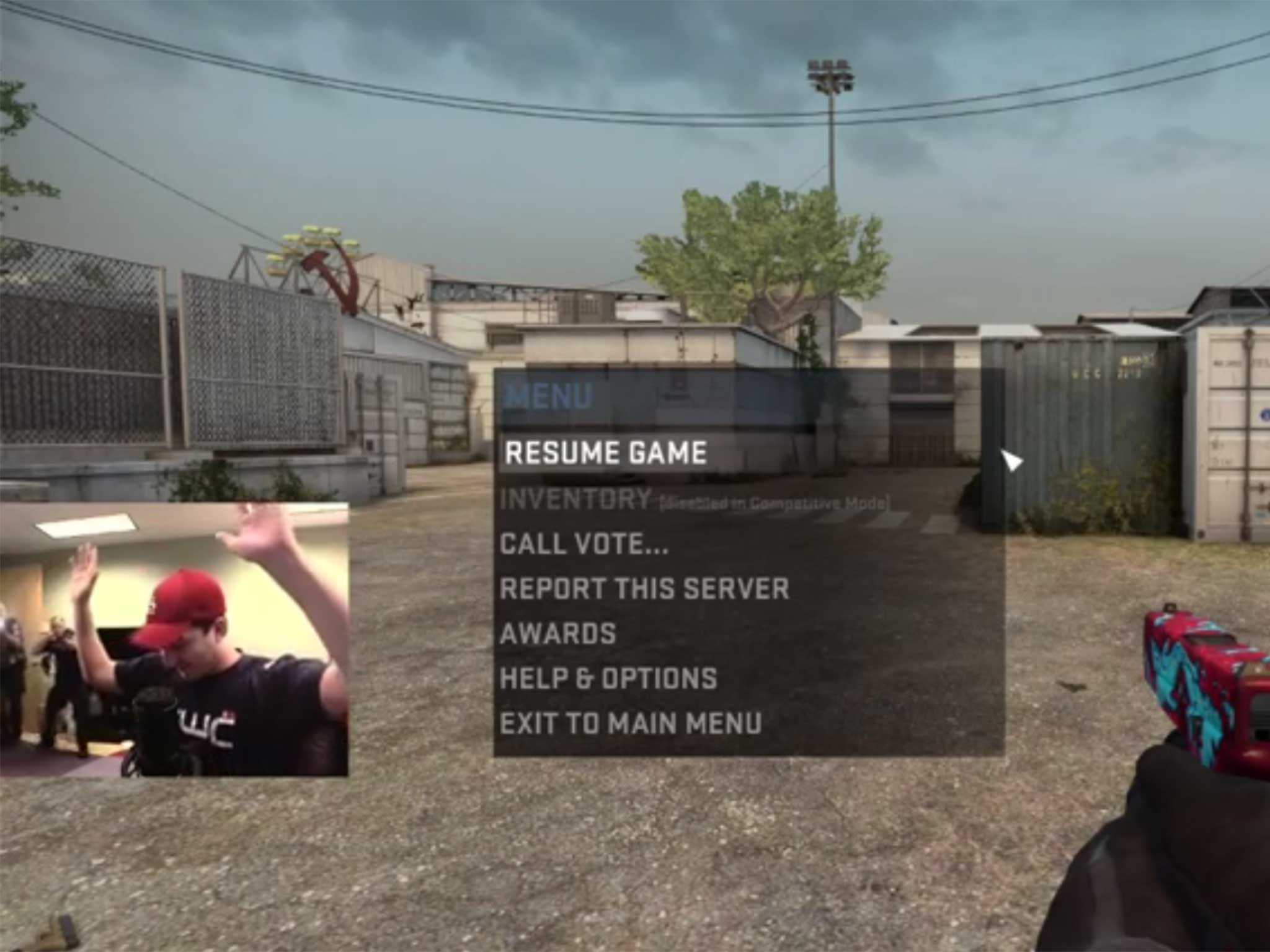Swatting: What is the latest pranking craze?
As the phenomenon sweeps through America, we explain what exactly 'swatting' is

Last month an American gamer accidentally filmed himself being arrested by a highly trained SWAT team. His crime? He was the victim of an online prank called ‘swatting’.
‘Swatting’ has been around for a while. In 2008 the FBI identified the phenomenon, warning people against making these kinds of calls, originating from the pre-internet days of prank calling.
An anonymous individual rings the local police force, describing a credible threat or situation (often involving hostages) bringing a SWAT team to a chosen location and giving the prank it’s particular name.
It has been given a 21st-century twist by many of the 'swat' calls coming from online gamers, who watch the reactions of their victims in real time, via live streaming software.
Recently, cases such as Jordan Mathewson, an online gamer with over 200,000 Twitter followers, who filmed himself being ‘swatted’ have brought the craze to national attention in America.
Only two days ago the Dolen family in Bradenton, Florida, were targeted by an anonymous gamer.
Mike Dolen was playing an online game of Minecraft when a police team arrived at his house after they received a call, claiming to be from his daughter, saying he had shot his wife with a machine gun.
The prank was resolved peacefully, but Mr Dolen spoke to local news stations about how he could have been killed.
In both cases Mr Matthewson and Mr Dolen were playing and watching through TwitchTV, a live streaming video platform introduced in 2011, which continued streaming events as they unfolded – much to the probable edification of the prankster.
However, it is not only online gamers who are targeted. In 2012 the conservative political blogger, Erick Erickson, was a victim when an anonymous caller claiming to be Mr Erickson ‘confessed’ to shooting his wife, before giving his address and hanging up.
The call was later confirmed as a hoax.
Obviously, making false claims to police drains police time and can cause extreme distress to the victim or first responders. Although there have been some arrests, ‘swatting’ is notoriously difficult to trace.
In 2009, Mathew Weigman, then 19, was sentenced for more than 11 years for a ‘swatting’ conspiracy.
His first ‘swatting’ offense was in 2004 when, aged 14, he convinced a police unit to descend onto the home of a girl who refused to have phone sex with him, claiming they were being held hostage.
There was also a brief craze back in 2007 ‘swatting’ celebrities. High profile victims included Tom Cruise, Miley Cyrus, Simon Cowell and Charlie Sheen.
Bookmark popover
Removed from bookmarks